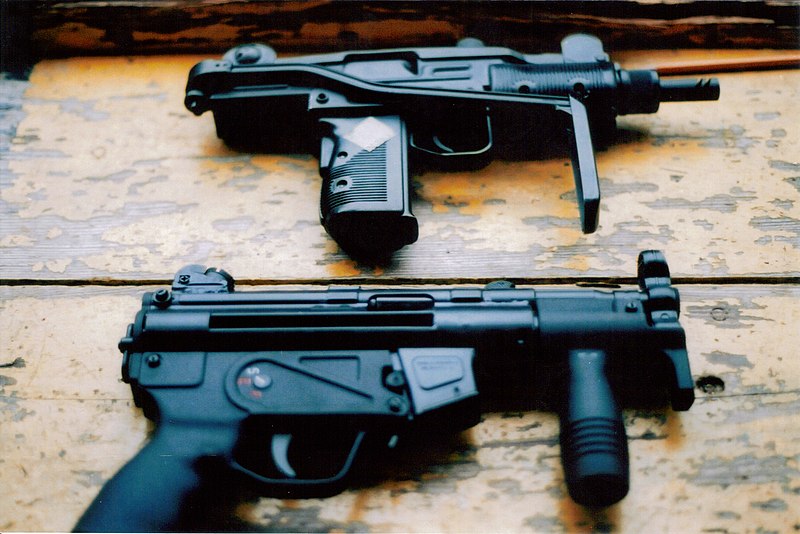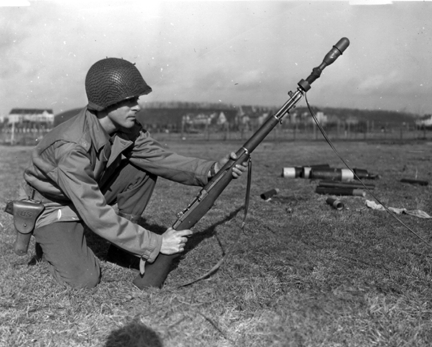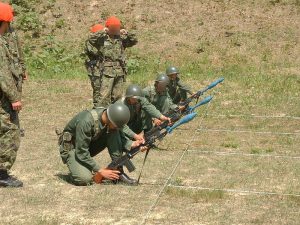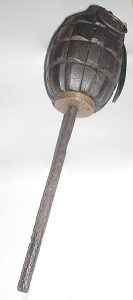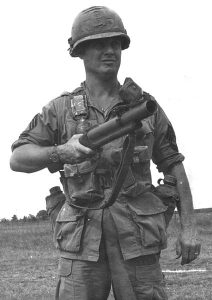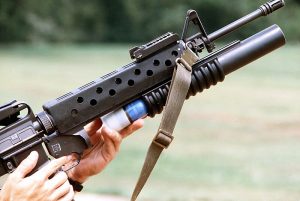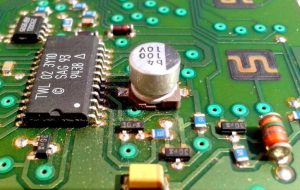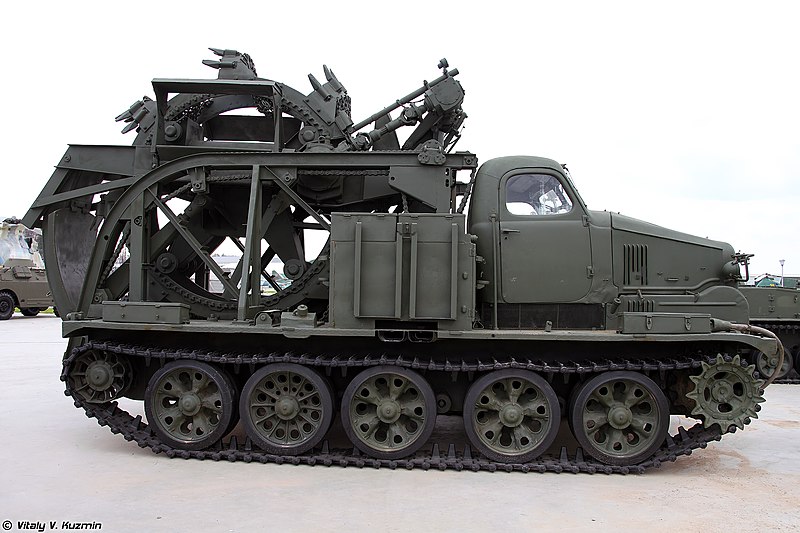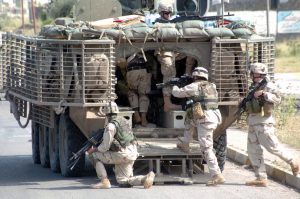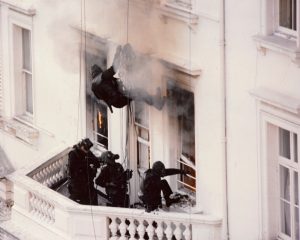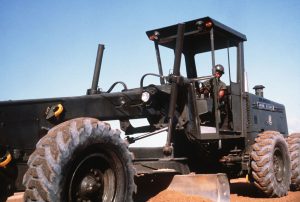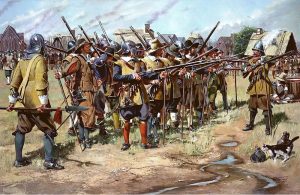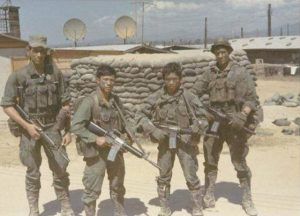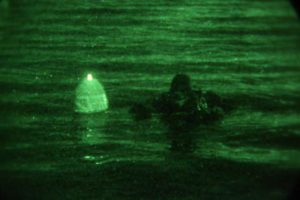When, in the middle of 19th Century, metallic cased cartridges began to revolutionize the utility of firearms, inventors around the world focused on systems that could improve the utility of firearms in general. The bulk of this development, however, was rather surprisingly applied to the civilian sector, and not the military side.
Military forces are highly conservative by nature. If a thing or a tactic worked in the last war, chances are good that it will work in the next one. Certainly, buying new weapons to replace the old and worn out ones is just a good policy, overall, but “new anything” used to be held as highly questionable: “new stuff” and new tactics are suspect until they have been proven under fire. There is also the concern of confusion and congestion in the supply system should war break out while you are in the middle of transitioning to a new system; this was one of the key arguments of US Army Brigadier General James Ripley – long the whipping boy of those who though that the Henry Rifle (the predecessor to the Winchester lever action rifles) should have been adopted – had about metal-cased cartridge weapons in general: the army procurement system was simply not set up to handle a massive change-over in the middle of a war.
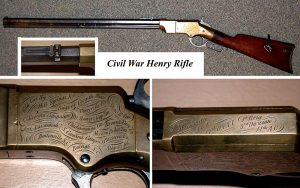
Money played its part, too, because “new” equals “expensive”. The Vickers Machine Gun – the British version of the Maxim Gun – cost roughly $10,000 in today’s money. In 1914, that was an eye-wateringly large amount of money for a weapon that only fired rifle-caliber ammunition. The prior experience of European militaries using automatic weapons in colonial wars – where the opposition carried flintlock muskets, at best – was not seen as relevant to a “major power” war.
These concerns are not fits of childish whining. Getting this kind of thing wrong results in your own troops ending up dead when they didn’t have to be, and frequently catastrophic failures on the battlefield, as the US Navy discovered in World War 2, when it found that its new torpedoes didn’t work…at all.
When World War 1 began in August of 1914, most of the nations involved committed the arrogant cardinal sin of assuming that the war would be over – in their favor, of course – by December. Needless to say, it wasn’t. World War 1 saw European armies bash their heads against the wall, literally, using every tactic and weapon they could come up with to try and break the deadlock of trench warfare, which was itself straight out of the book, when mobile operations could no longer make progress, and you didn’t want to surrender your gains. And this is no different today, as Russian and Ukrainian troops quickly discovered in 2022.
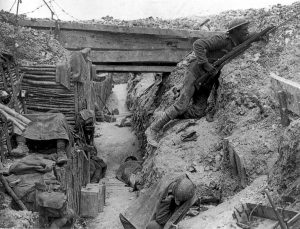
What to do?
Conventional infantry tactics of the time for assaulting a trench system were what we would now term “human wave attacks”, largely unsupported by weapons we now consider essential tools of warfare. Rifles were universally, manually operated bolt-action weapons…and that was it. Machine Guns like the Maxim and the Vickers were not easily moved under fire, and mortars were scarce. The best forces could do for support were massive – sometimes days-long – artillery barrages, that were frequently ineffective. While there were aircraft, their impact in supporting infantry attacks was more or less non-existent. What assault troops needed was a lightweight automatic weapon that could be carried and operated by a single soldier on the move, a weapon small enough to be maneuvered in tight quarters, and that could be fired more rapidly than any rifle, but which was not a handgun.
The result was the submachine gun.
The submachine gun fires a pistol caliber bullet from a detachable box magazine. While it can fire shots in the semi-automatic mode, they could also fire in the fully automatic mode; this is the definition of selective fire.
Imperial Germany and Italy were the only powers to actually develop and deploy submachine guns (quickly abbreviated to “subguns” or “SMG’s”) during the First World War. While rather awkward (the Italian Villar-Perosa), or rifle-like (the German MP-18), the new weapons quickly showed their promise, quite literally “in the trenches”.
The heyday of the SMG, however, was the Second World War. In that war, industry caught up to technology, and changed the game. Low-cost machining equipment allowed the rapid production of simple designs. Where designs at the start of the war, like the Thompson and the Lanchester were essentially elegant and finely made weapons, they were at least as heavy as a conventional rifle, and were expensive, time consuming and extremely expensive to make.
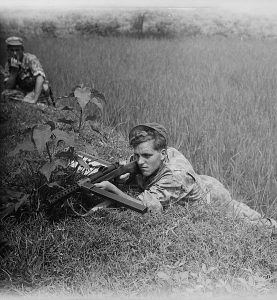
The SMG’s of the “interwar period” (the time between the first and second world wars) quickly gave way to weapons optimized for rapid production. The British STEN Gun, the American “Grease Gun”, and the Soviet PPS were extremely low-cost, to the point of being downright crude in the case of the PPS. In a very real sense, the bulk of World War 2 SMG’s were the polar opposites of the World War 1 and Interwar designs…too much so.
Post war, SMG development sought to find a middle ground, even as the selective-fire “assault rifle” began to make its presence felt. The Israeli “Uzi” and the “Carl Gustav m/45” from Sweden still used inexpensive manufacturing methods, but the weapons were produced to a much higher standard of quality than wartime necessity and developing design had allowed.
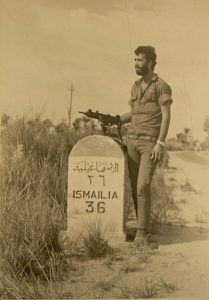
As the 1960’s dawned, however, two rival designs appeared that would become the defining designs of the submachine gun class: the MP-5 and the MAC-10.
The MAC-10, designed by Gordon Ingram in 1964, was extremely compact, and was manufactured in a variety of calibers. Not much larger than a handgun, the MAC-10 series were quickly “bootlegged” by criminals, because the design was easy and cheap to build…The MAC design, however, had a number of flaws. The worst of these was its extremely high rate of fire, which could range from 900 to well over 1,100 rounds per minute, making the weapons extremely hard to control in any situation. This also affected their reliability, resulting in frequent jams. The MAC design still limps along today, with various small companies striving to fix the design to make viable as more than a curiosity.
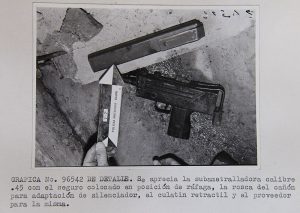
The other design is the near-legendary MP-5. Made by the German firm Heckler & Koch, the MP-5 became the touchstone to measure other SMG’s against.
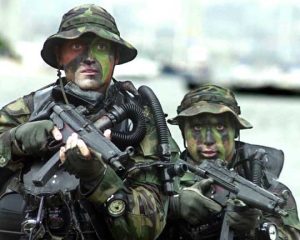
Appearing only in 9x19mm, the MP-5 had a solid and reliable action, excellent sights, and came with a wide variety of barrel lengths and buttstock options, enabling it to be tailored to any situation users could think of. The weapon first really entered the public eye during the 1980 Operation Nimrod, where British SAS commandos retook the Iranian embassy in London from hostage-takers in a daring daylight assault. The images of black-clad SAS troopers carrying MP-5’s quickly saw Hollywood desperately acquiring any version of the weapon they could, resulting in the weapon being shown in literally hundreds of movies, television shows and video games. The MP-5, however, is no shirker – it very much lives up to its media reputation.
Military forces around the world loved the MP-5, praising its reliability and accuracy. But, for those military’s that had purchased other weapons from Heckler & Koch such as the G3 rifle, among others, the MP-5 quickly became the go-to for military police and special forces.

As the 1970’s drew to a close, however, the assault rifle rose to dominance. Many militaries decided – mostly for financial reasons – that if they could eliminate an entire class of weapons that required a separate supply chain, weapons that could be replaced by the assault weapons their front line troops were carrying anyway, limiting those few remaining weapons to highly specialized units only, that would be a net win for their budgets…and for a time, events seemed to bear this out. It turns out that now, however – some 40+ years later – there are problems with this idea.
While there is a good deal of overlap between assault rifles and SMG’s, they are very much still apples vs. pumpkins. Even shortened assault rifles still weigh much more than the closest SMG. Additionally, the recoil and muzzle blast from an assault rifle’s cartridge is far larger than that of a handgun. Coupled to this, is that rifle cartridges of all categories move far faster, travel far farther and hit far harder than a 9mm or .45 ACP round. This is a serious problem in close-range urban or hostage-rescue operations, because over-penetration is a serious risk. Among the results of the many problems of “too much” power, is the euphemistic term “collateral damage” – and mangled civilians (especially children) mangled by your troops are definitely not something your government wants on the nightly news.
And all of the above comes before we start talking about the 3-D printed SMG’s currently helping to defeat the military junta of Burma.
Submachine guns have a long history, and they still have significant roles to play. War and other necessary hostile actions are not going away anytime soon, heartfelt desires to the contrary. There need to be reforms in the procurement process because increasingly, civilian politicians – and all too frequently, general officers – are definitely not the people who should be making decisions.
After all – your life might depend on their decisions.

